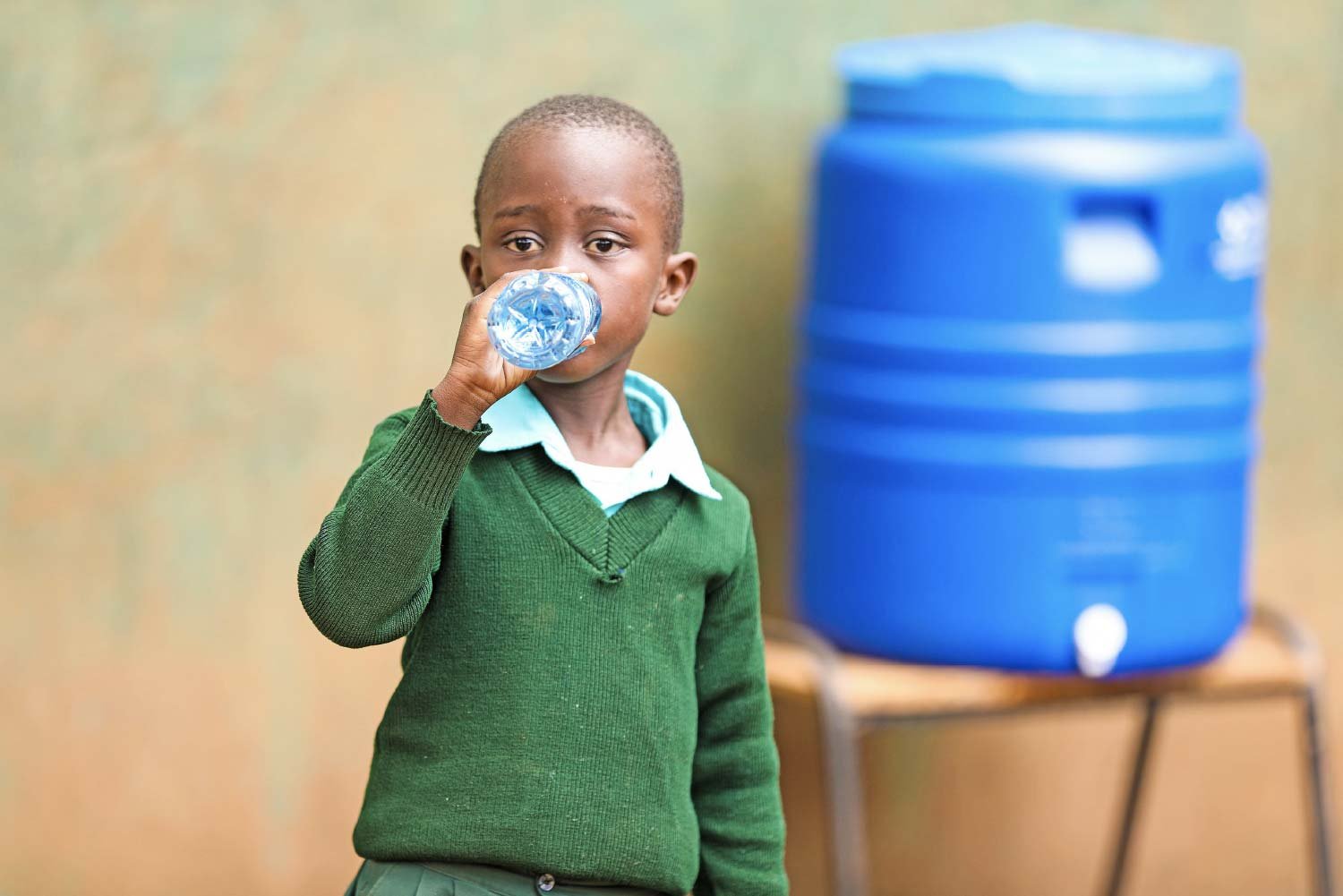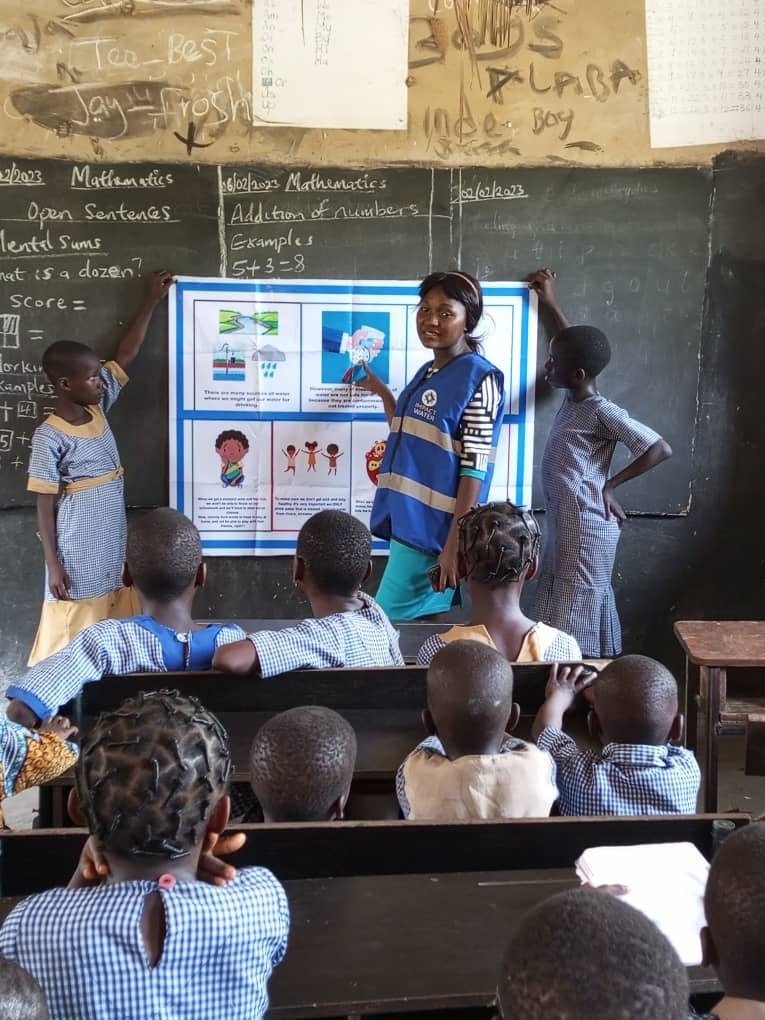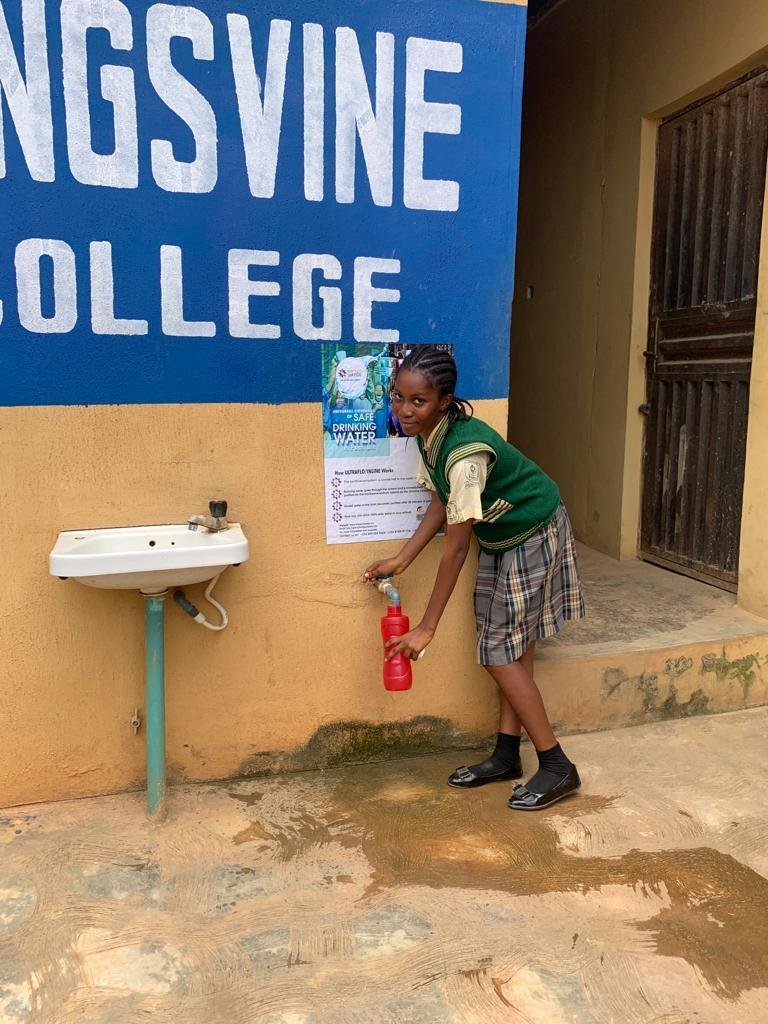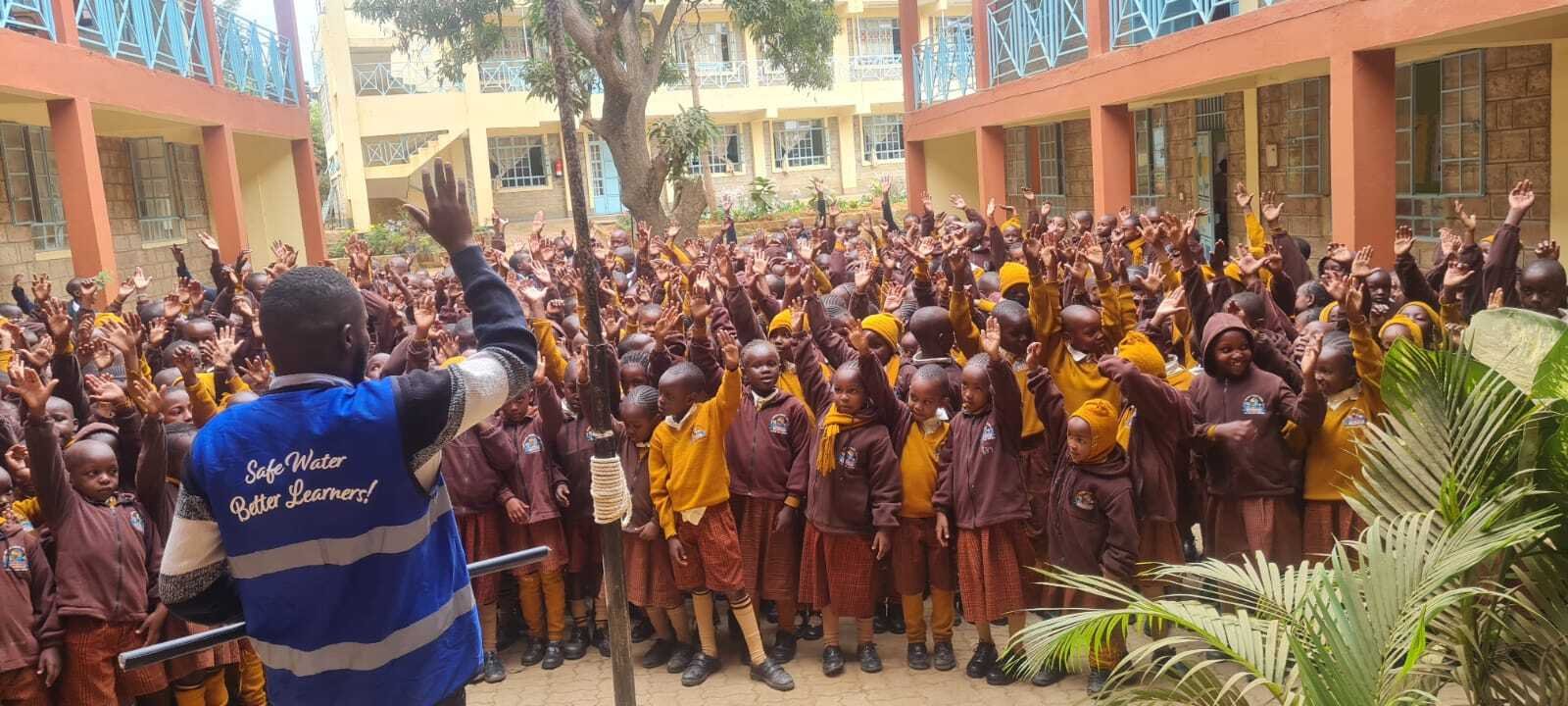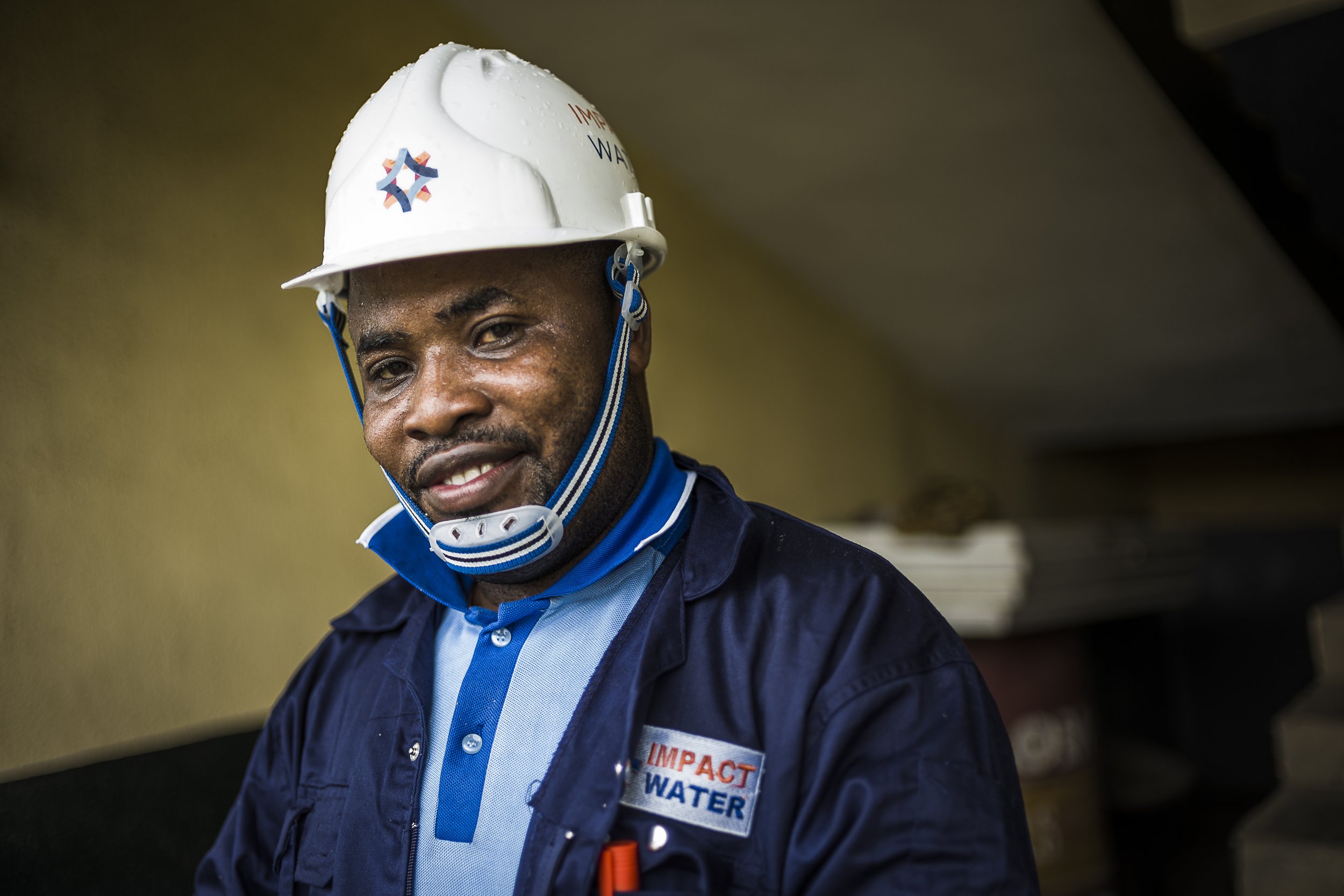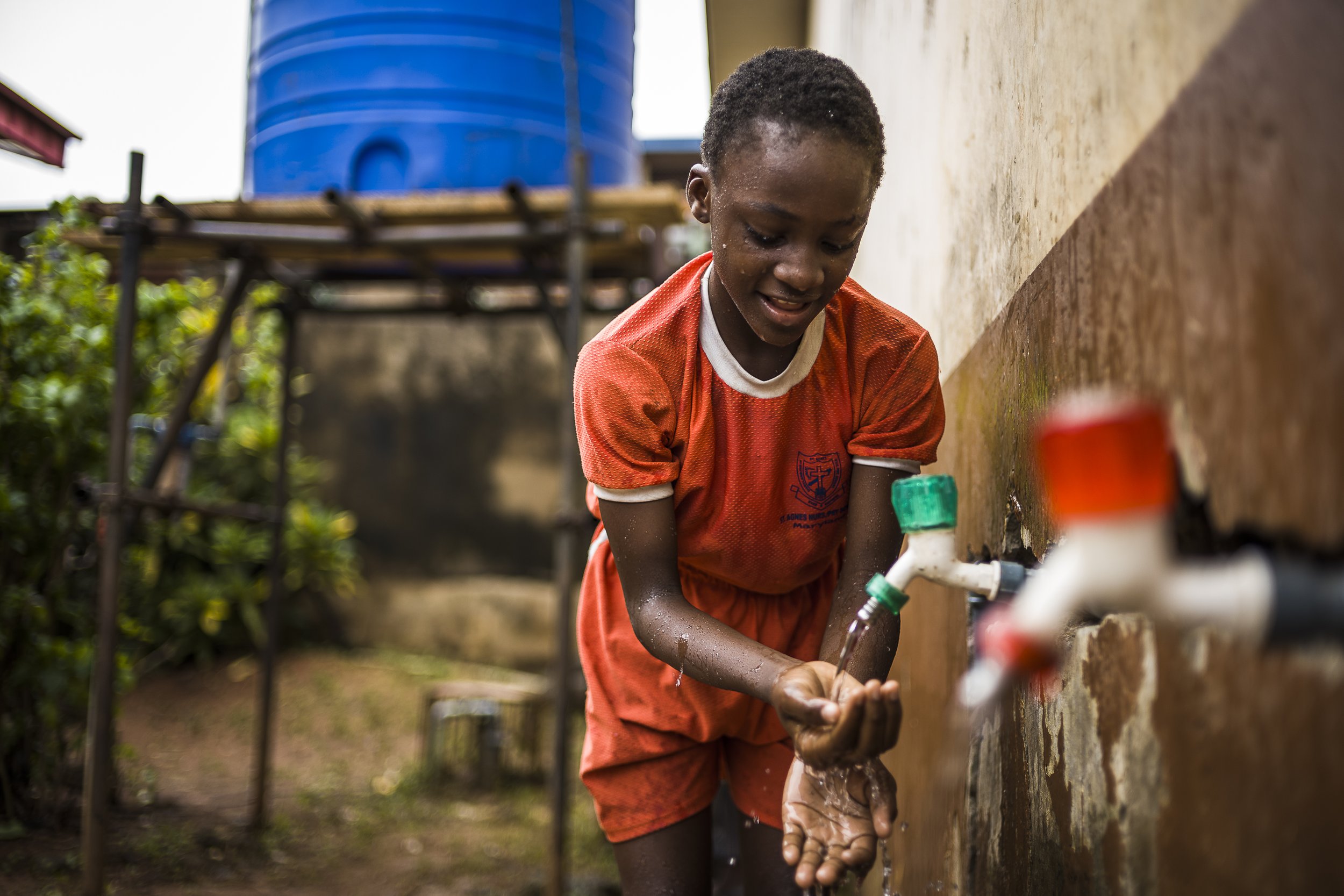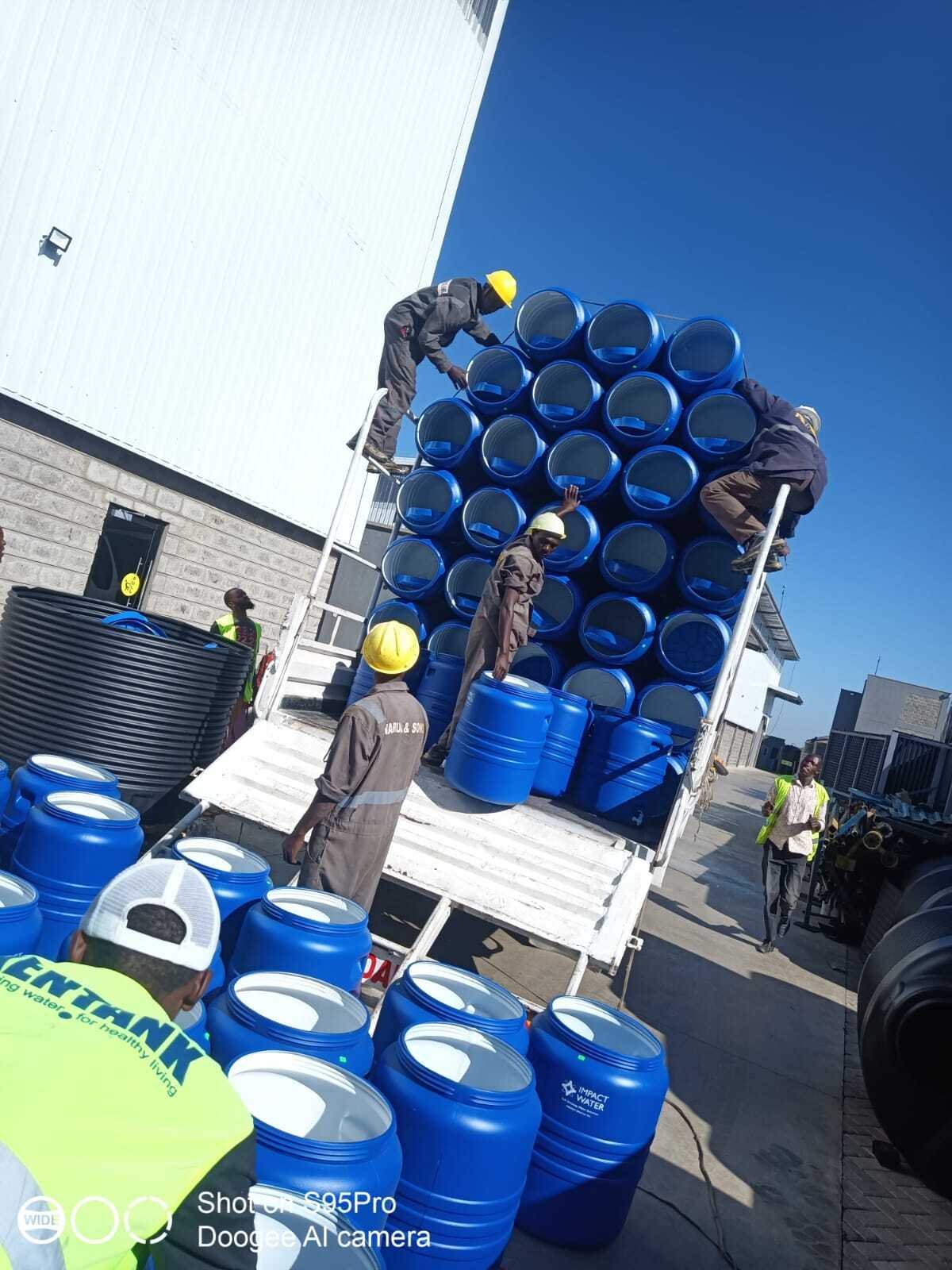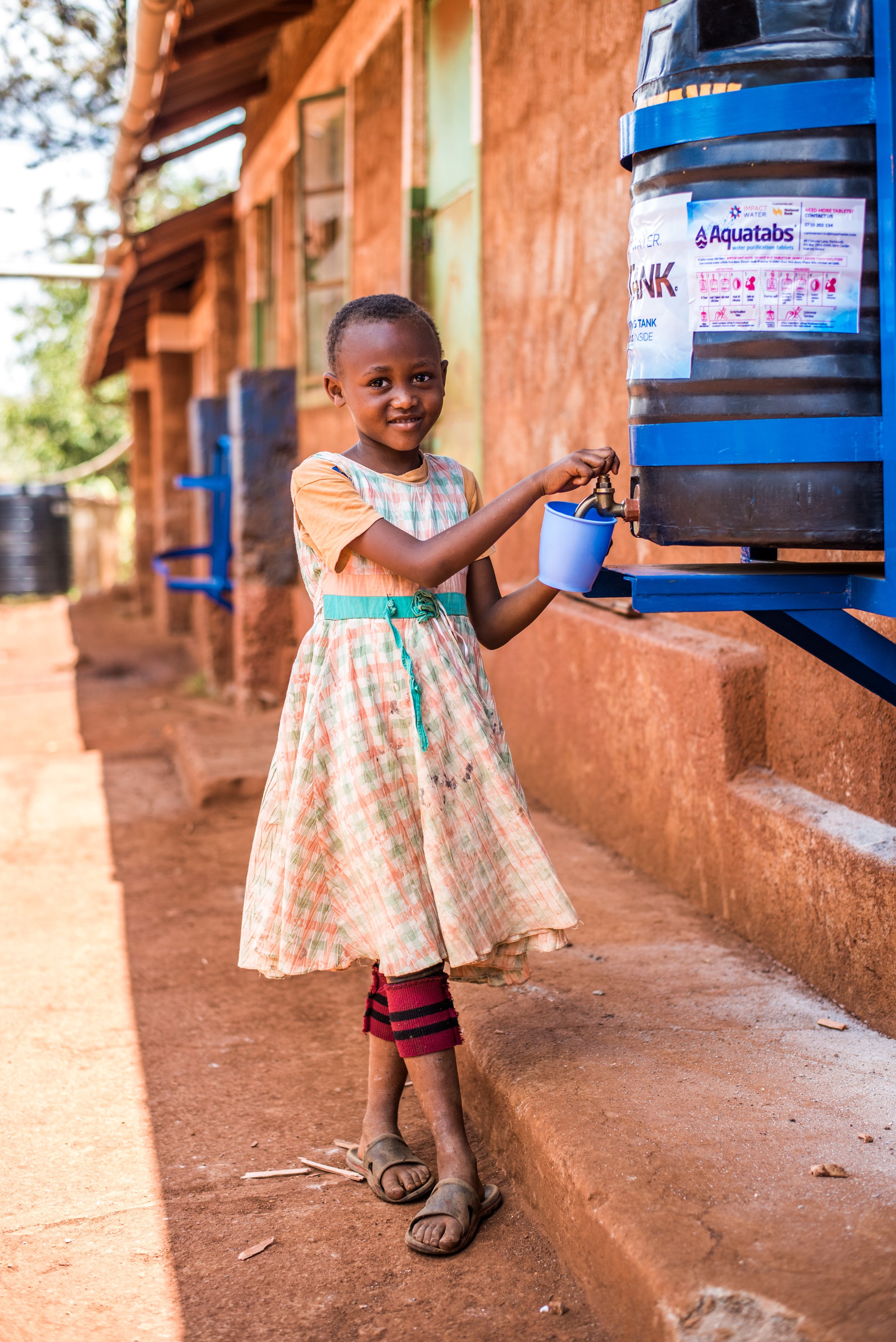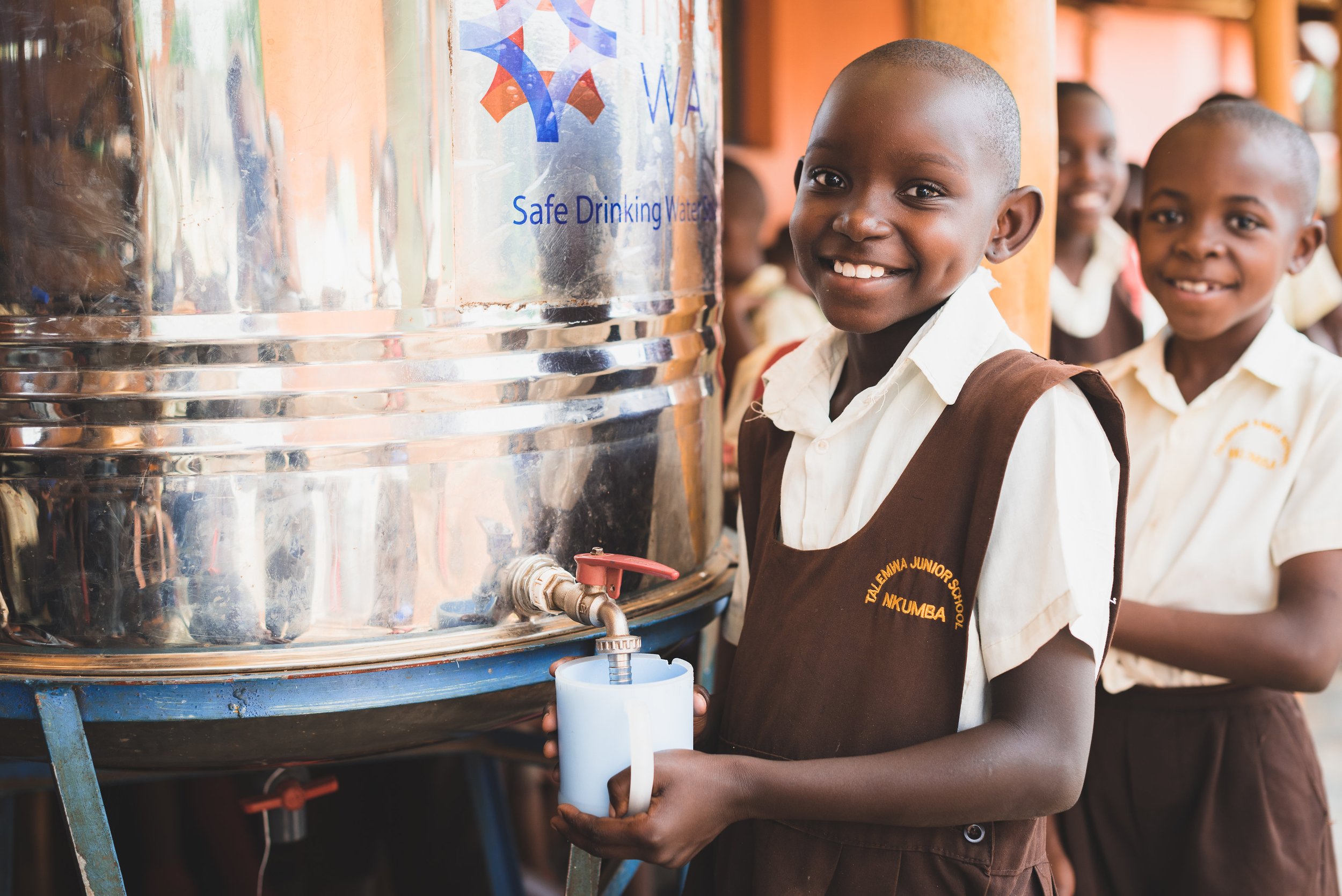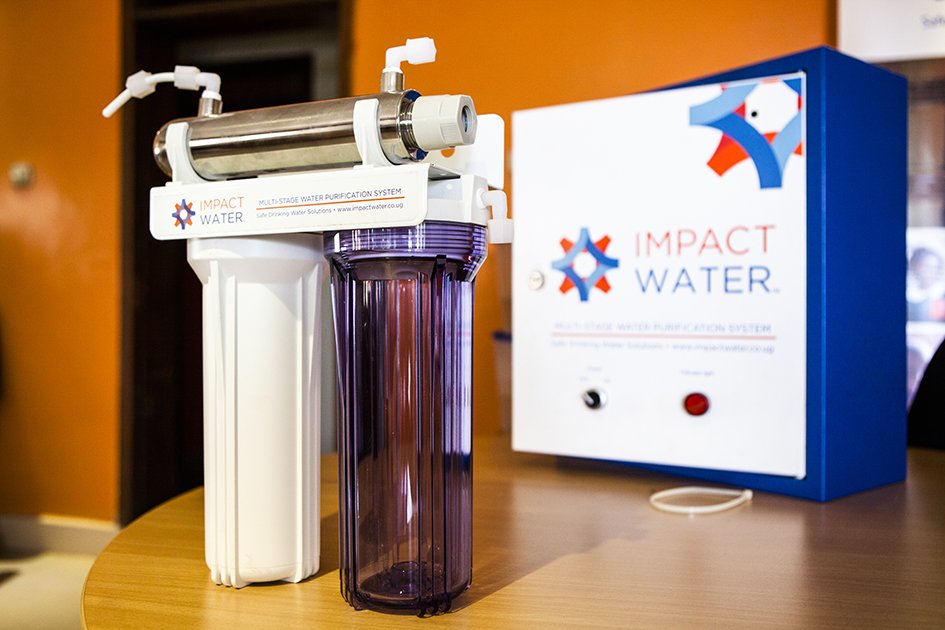Scaling Safe Water Access: From Vision to 24 Million Students
We're facing a critical shortfall in meeting the UN's water and sanitation targets, requiring global action to accelerate 4x to meet the challenge. As one of the world's largest school-safe water partners, Impact Water is driving this change with unprecedented scale, having already installed point-of-use water treatment systems for 24 million students across 60,000+ school partnerships worldwide—and we're just getting started.
Our Impact in Numbers:
24,596,352
Students with Safe Water
60,811
Partner Schools
<$0.25
Annual Cost per Student
1,104,028
Teachers and School Staff with Safe Water
203,006
Drinking Water Tanks Installed
514
Local Government Partnerships
Why Safe Water?
Global Shortfall
in Schools
29% of schools globally do not have basic drinking water services, affecting 546 million school children.
The Health
Implications
Contaminated water is estimated to cause approximately 505,000 diarrheal deaths each year.
The Impact
on Education
Safe water reduces absenteeism, can support gender equity, and enhances academic performance.
Good Health and Well-being:
By ensuring access to clean water, we help reduce water-borne diseases and improve overall health.
Quality Education:
Reliable access to safe drinking water reduces absenteeism, allowing students to attend school regularly and perform better academically.
Gender Equality:
When school safe water services are combined with improved sanitation services, menstruation management can become easier for girls.
Clean Water and Sanitation:
Ensuring access to safe drinking water in schools directly supports SDG 6 by improving health outcomes, reducing waterborne diseases, and enabling better hygiene practices.
Decent Work and
Economic Growth:
Improved school attendance leads to better-educated students who are well-prepared for the workforce, driving future economic growth and development.
Climate Action:
Our solutions reduce the need for schools to boil water using unsustainable wood sources, promoting sustainable water management practices and mitigating climate change impacts.
School Partnerships in Action
-

St. Paul’s Primary, Uganda
Location: Uganda
Number of Students: 1,340
Context: A rapidly growing school whose enrollment increased significantly following access to safe water, improving student health, attendance, and parent confidence.
Partnership Established: 2018 -

Dagoretti Muslim Primary School
Location: Kenya
Number of Students: 1,240
Context: Located in the heart of Nairobi’s informal settlements, serving a large student population with limited infrastructure and high vulnerability to waterborne diseases.
Partnership Established: 2020 -

A.N.L.G School Federal Housing Estate
Location: Nigeria
Number of Students: 407
Context: A public primary school in a growing urban area, previously reliant on students bringing water from home or going without.
Partnership Established: 2019

